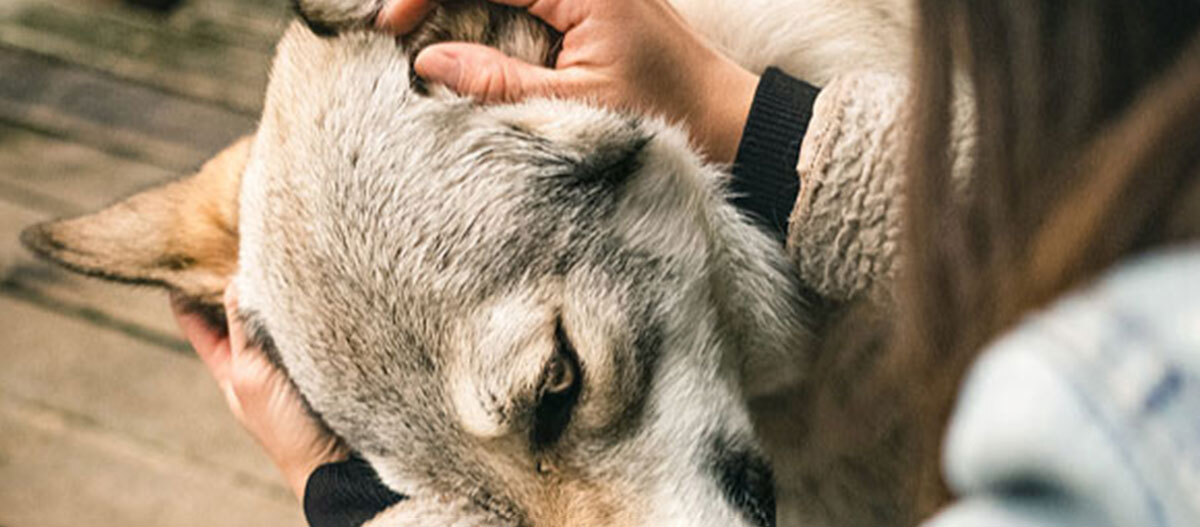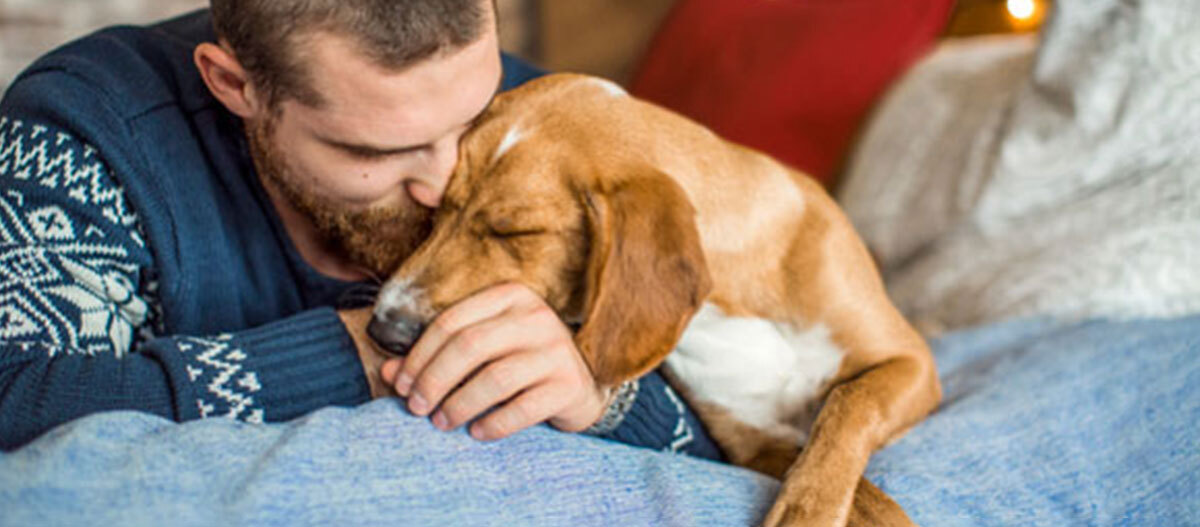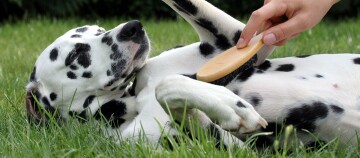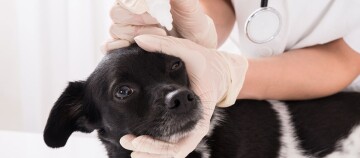Petting Dogs Correctly: What to Know and How to Make Them Happy
03.03.2025 - Reading time: 4 minutes

Petting a dog is fun and strengthens the bond with your four-legged friend. But is it possible to do something wrong in the process? Here’s a quick guide to petting your four-legged friends.
Petting dogs makes you happy
Anyone who says you can’t touch happiness, has never petted a dog. It is also well known that petting dogs simply does us good. It reduces stress and can even lower blood pressure. The cuddle hormone oxytocin is responsible for this feeling of well-being. Oxytocin is released between humans and dogs when they touch or make physical eye contact. But can you also make mistakes when petting a dog?
Petting dogs as communication
While every dog has its own preferences when it comes to petting, there are some parts of the body that almost all pets like: most dogs like to be touched on the chest (especially if the dog is sitting next to you), on the side of the body and along the muzzle. However, many of our four-legged friends are sensitive to being touched on the tail and paws, especially if they are not used to being touched there. Not every dog likes hugs either.
Awareness of the situation in which it is best to pet a dog is almost more important than where to pet it. For example, dogs do not want to be touched when they come into a new environment and are getting used to it or when they meet another dog, are engrossed in playing or sniffing.

They will turn their head to the side or walk away. You should also never disturb them when they are eating. Petting is an important means of communication between humans and dogs. Pet your dog mindfully and frequently. The well-known dog researcher and specialist vet Dorit Urd Feddersen-Petersen mentions in her book ‘Expressive Behaviour in Dogs’ that in addition to relaxed petting, grooming, physical contact when resting as well as touching during walks strengthens bonds and increases confidence in the dog.
Petting - a basic need of a dog
From puppyhood, dogs seek close physical contact with their littermates and are accustomed to being touched by their mother. Physical closeness is an important ritual for wolves in a pack as well as for dogs that are close to each other, ensuring the stability of the social structure.
This includes social grooming as well as what Feddersen-Petersen calls „muzzle caresses“. Humans can imitate this quite easily, for example, by brushing the dog’s coat or by using their hand to perform these „muzzle caresses“ by stroking the side of the muzzle of a dog that is walking casually and without interaction by them.
There are no rigid petting rules. It is very important for every dog owner to observe his four-legged friend and be familiar with its body language: if the animal turns its head to the side, ducks or walks away, it does not want to be touched. And this is something that must be respected in all cases.

svetikd/E+ via Getty Images
Petting is not just good for the well-being of people and dogs, but can also be used well in dog training: for example, as a confirmation when the dog comes running after being called. On the other hand, if the dog is excited, barks at someone or jumps up at you in an unwanted manner, you should never pet it.
Listening to the dog when petting
When it comes to petting your dog, it’s important to recognize that some dogs are naturally more affectionate than others. This doesn’t necessarily relate to how they were raised; it’s often just their innate character. If your dog retreats to its bed, it’s best not to push for more petting. This kind of insistence can damage the trust between you and your pet.
For dogs that are overly demanding for affection, it’s crucial to show restraint. Such behavior might stem from jealousy over other pets or people. It’s important to stay firm and not give in to every request for petting. However, during stressful situations like thunderstorms, if your dog is trembling and pressing against you, you should calmly embrace them. Instead of petting or consoling, just being present and authoritative is enough.
Ultimately, you know your dog better than anyone else. Trust your instincts to ensure petting benefits both you and your furry friend.
Massaging Your Dog's Head - The Right Way to Do It
Head massages can be incredibly relaxing for many dogs. Choose a quiet environment for this, ideally after playtime or a walk.


